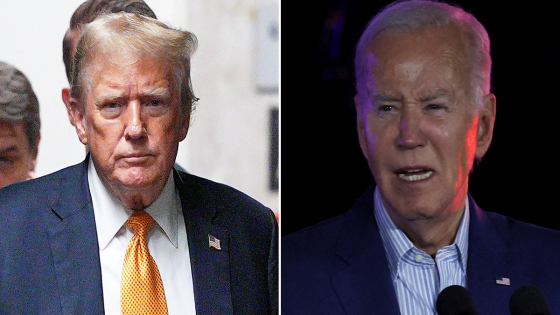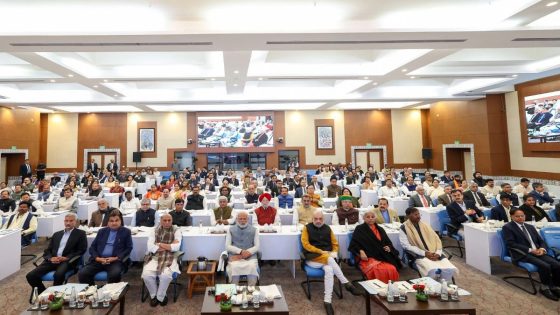On May 29, 1919, a total solar eclipse helped to prove Albert Einstein’s theory of general relativity. Einstein’s theory suggested that gravity could bend light by curving the fabric of spacetime. To prove it, he thought it would be a great idea to look at background stars that appear very close to the sun. This isn’t possible without a total solar eclipse, because the sun is way too bright. During totality, the sun is completely covered by the moon, which makes it possible to see stars that are usually invisible during the daytime. According to relativity, the stars would appear to be in slightly different locations in the sky. Einstein was planning to test his theory during a total solar eclipse on August 21, 1914, but World War I broke out less than a month before and ruined his plans. For another total solar eclipse in 1919, the British astronomer Sir Arthur Eddington organized two similar expeditions to Africa and Brazil. During totality, they mapped the positions of the stars near the sun to see if they appeared to have shifted. The difference in the stars’ positions was tiny, but it was just enough to finally prove Einstein’s theory.
Source Agencies



